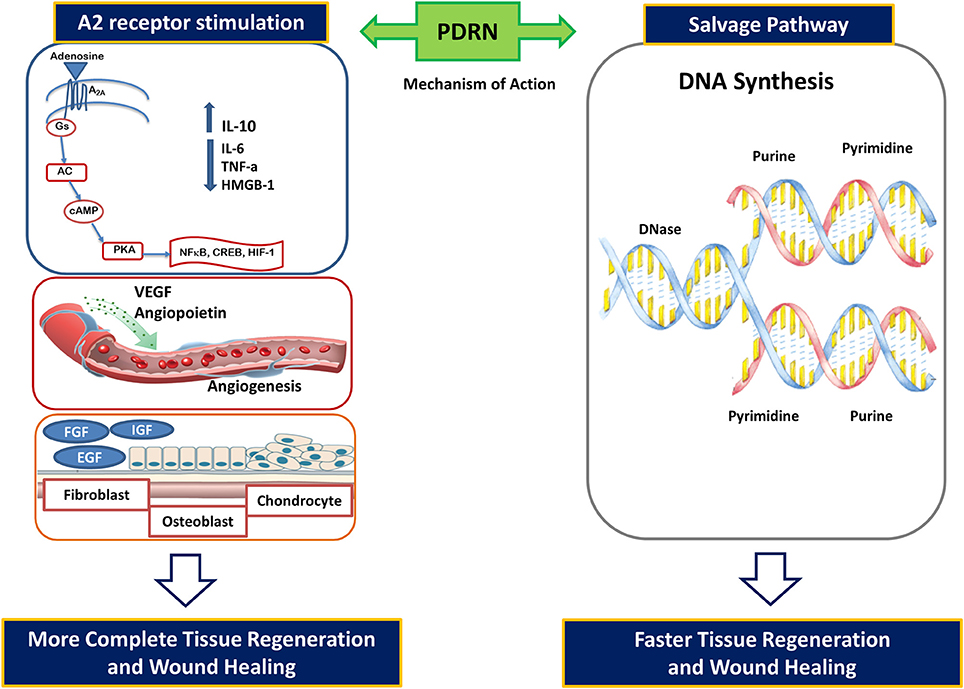How it works
Polynucleotides harvested from trout sperm DNA involve a meticulous process to extract and purify these valuable molecules. While the exact techniques may vary, here’s an overview of the general steps involved:
-
Trout sperm is collected through non-harmful means, ensuring the fish’s well-being.
-
The DNA is carefully extracted from the collected sperm.
-
The DNA is then purified to obtain high-quality polynucleotides.
-
The purified polynucleotides are formulated for use in medical treatments.
Benefits of Polynucleotides
The remarkable properties of polynucleotides offer numerous applications in the treatment of musculoskeletal conditions:
-
- Reduce inflammation in tendinopathy, osteoarthritis, and ligamentous injuries
- Alleviate pain by mitigating tissue inflammation
- Improve overall function of affected joints and tendons
-
Polynucleotides can stimulate cellular repair and regeneration, a crucial element in healing damaged tendons, promoting the growth of new cartilage in osteoarthritic joints, and repairing injured ligaments.
-
Pain is a common and debilitating symptom in these conditions. Polynucleotides play a pivotal role in reducing inflammation and enhancing tissue repair, ultimately improving patients’ quality of life.
-
The administration of polynucleotide-based therapies typically involves minimally invasive injections, reducing the need for extensive surgical procedures.

Conclusion
Polynucleotides derived from trout sperm DNA offer a novel and promising approach to treating tendinopathy, osteoarthritis, and ligamentous injuries. While this field is still emerging, early results and patient testimonials are encouraging. Further research and clinical trials are essential to determine their safety and long-term effectiveness fully.
The exciting relationship between these polynucleotides and human DNA underscores their potential to revolutionize musculoskeletal healthcare. As research advances, this innovative approach may provide relief, improved function, and an enhanced quality of life for individuals seeking more effective solutions for their musculoskeletal health. It is an exciting time in the realm of medical innovation as these pioneering treatments open new doors for those dealing with these common and often debilitating conditions.


.png)

 Malaysia
Malaysia